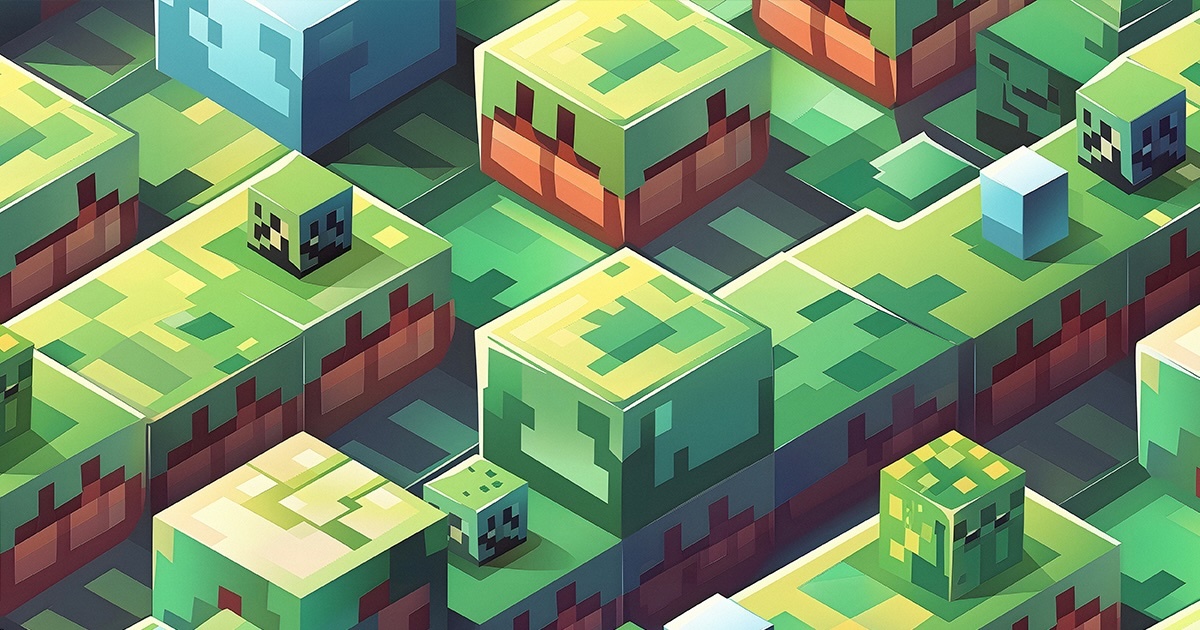
In today’s digital age, learning to code has become an essential skill for kids, much like reading and writing. As technology advances rapidly, understanding the basics of coding is no longer just for computer scientists. It’s a valuable skill that can benefit everyone, especially children.
This article will explore why learning to code is essential for kids, how to introduce them to coding, the best resources available, and how to overcome common challenges. Whether you’re a parent looking to give your child a head start or an educator seeking to enrich your curriculum, this article is for you. By empowering children with coding skills, you’re equipping them for a future where technology is at the forefront.
Table of Contents
Why Learning to Code is Important for Kids
Learning to Code: Educational Benefits
1. Enhances Problem-Solving Skills: Coding requires children to break down complex problems into smaller, manageable parts. This approach teaches them to think logically and systematically, a valuable skill in every aspect of life.
2. Encourages Logical Thinking and Creativity: Coding is not just about writing lines of code; it’s about creating something new. It encourages children to think creatively while applying logical reasoning, which fosters innovation and inventive thinking.
3. Improves Math and Language Skills: Coding involves many mathematical concepts and language structure. By learning to code, children can enhance their understanding of math and improve their language skills through syntax and structured thinking.
Learning to Code: Future Career Prospects
1. Rising Demand for Tech Skills: The need for tech-savvy professionals is growing. Careers in software development, data science, and cybersecurity are among the fastest-growing and highest-paying jobs today.
2. Early Coding Education Paves the Way: Introducing coding at a young age can open doors to advanced learning and specialized education. It gives children a head start in a competitive job market.
How to Introduce Learning to Code to Your Kids
Age-appropriate Learning to Code Activities and Tools
1. For Young Children (5-7 years): Visual programming languages are ideal for this age group. Tools like Tynker Jr and ScratchJr allow children to create simple animations and games by snapping together code blocks. This method is intuitive and engaging and makes learning fun, sparking excitement in your child’s learning journey.
2. For Middle Schoolers (8-12 years): Platforms like Tynker, Scratch, and Code.org offer more complex challenges suitable for older kids. These platforms introduce concepts like loops, conditionals, and variables in a playful environment.
3. For Teenagers (13+ years): As children age, they can start learning text-based programming languages like Python and JavaScript. Online courses and tutorials like Khan Academy and Tynker provide a structured learning path.
Tips for Engaging Kids in Coding
1. Make it Fun with Games and Interactive Challenges: Incorporate coding into game design or robotics. Tools like Tynker offer game-based learning that makes coding exciting and relatable.
2. Incorporate Coding into Their Interests: If your child loves storytelling, introduce them to coding through animation and story creation. If they enjoy math, show them how coding can solve mathematical problems.
Best Learning to Code Platforms and Resources for Kids
List and Review Popular Learning to Code Platforms
1. Tynker: Tynker offers a range of coding courses for different age groups. Its game-based learning approach is both fun and educational. Kids can build games and apps and even program drones and robots.
2. Scratch: MIT developed Scratch, a free platform for kids to create stories, games, and animations. Its simple drag-and-drop interface makes it perfect for beginners.
3. Code.org: This non-profit organization provides free coding courses for all ages. Its Hour of Code initiative is especially popular, offering one-hour tutorials in various programming languages.
4. Khan Academy: Known for its extensive library of educational videos, Khan Academy also offers interactive coding lessons in JavaScript, HTML, and CSS. It’s an excellent resource for older kids and teenagers.
5. CodeCombat: This platform teaches coding through actual gameplay. Kids write code to navigate their characters through levels, solving puzzles and challenges.
Free vs. Paid Coding Resources
1. Free Resources: Platforms like Tynker, Scratch, and Code.org provide free resources. They offer a wide range of tutorials and projects accessible without cost.
2. Paid Resources: Subscription-based platforms like Tynker and CodeCombat offer more structured courses and additional features. These can provide a more comprehensive learning experience, especially for dedicated learners.
Success Stories and Testimonials
Success Stories of Kids Who Learned to Code
1. Young Innovators: Share stories of young coders who have created impressive projects—for instance, a 10-year-old who developed a mobile app to help his community.
2. Competition Winners: Highlight the achievements of kids who have participated in and won coding competitions. These stories can inspire other children and parents to pursue coding.
Testimonials from Parents and Educators
1. Parents’ Perspectives: Include testimonials from parents who have seen positive changes in their children after learning to code. They can share how coding has improved their child’s problem-solving skills, creativity, and confidence.
2. Educators’ Insights: Teachers can provide insights into how coding has enhanced their students’ learning experiences. They can discuss improvements in academic performance and engagement.
Common Challenges and How to Overcome Them
Potential Challenges
1. Keeping Kids Motivated and Engaged: Coding can sometimes be challenging, and kids might lose interest. Finding ways to keep them motivated is crucial.
2. Balancing Screen Time: Coding is a screen-based activity, so it’s important to balance screen time with other physical activities.
Solutions and Tips
1. Gamify the Learning Process: Use platforms like Tynker that turn coding into a game. This makes learning fun and keeps kids engaged.
2. Set Realistic Goals: Start with small, manageable projects that give a sense of accomplishment. Gradually increase the complexity as they gain confidence.
3. Involve in Community: Encourage participation in coding clubs or online forums. Interaction with peers can boost motivation and provide support.
4. Monitor and Limit Screen Time: Balance coding sessions with offline activities. Set a schedule that includes breaks and other forms of play.
Conclusion
Learning to code for kids is an investment in their future. It equips them with essential skills that go beyond the computer screen. From enhancing problem-solving abilities to opening up future career opportunities, coding is a valuable tool in a child’s educational journey. By starting early and using the right resources, you can help your child develop a skill set that will serve them well throughout their lives. Embrace the learning journey together, and watch as your child discovers the exciting world of learning to code.




